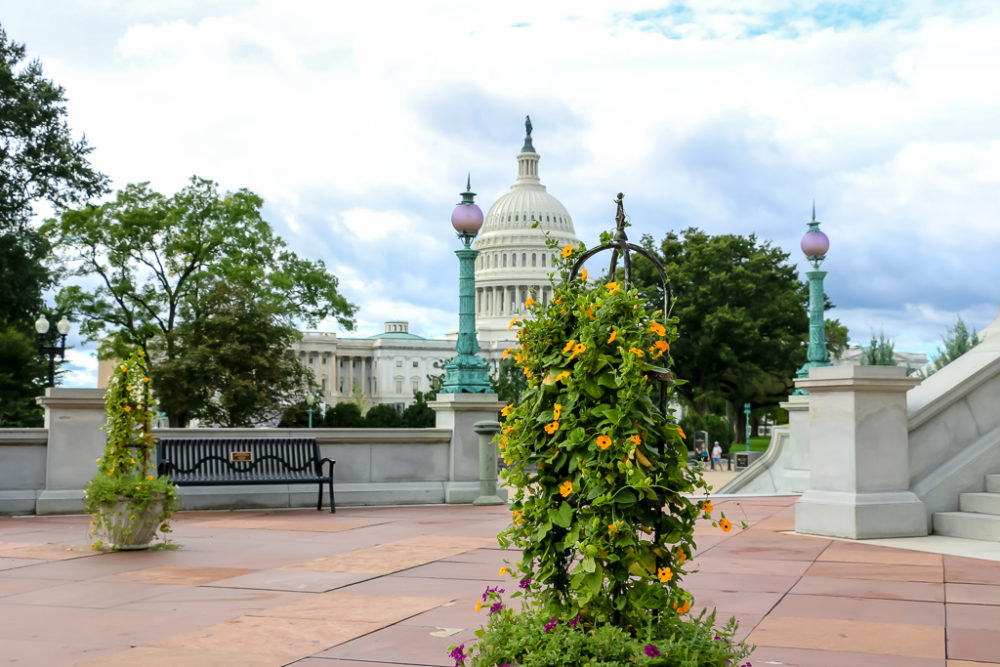Planning to spend a day in Washington, D.C.? Here is what you need to know.
Last updated: July 4, 2025

Visiting Washington, D.C.
Many travelers spend hours planning their perfect Washington, D.C., itineraries. The place indeed is big, and so is its legacy. Yet not many visitors pay attention to a few important things one should know before taking a tour (guided or self-guided) across Washington, D.C. Believe it or not, this information can be even more important than a detailed city itinerary.
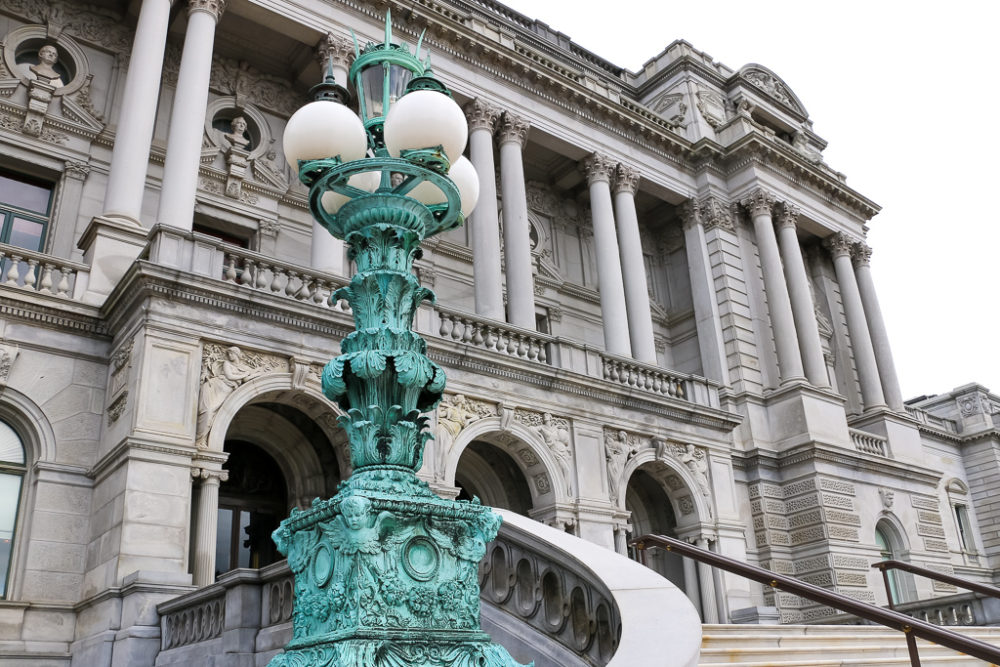
THINGS YOU SHOULD KNOW BEFORE TRAVELING TO WASHINGTON, D.C.
1. Be Ready to Walk a Lot
Washington, D.C., is a busy city, with heavy traffic that can be a pain in the butt when you need to get from point A to point B quickly. Often covering the same distance on foot takes less time than driving.
On the other hand, many of the city’s attractions are located near each other, clustered along the Washington Mall. So, you are better off skipping all types of transportation and walking. The sightseeing walk, however, is long. It can span up to 5 miles and several hours. Thus, make sure to pack comfortable shoes before visiting Washington, D.C.
2. Say No to Rental Car before Arriving in Washington, D.C.
If you are anything like me, then pondering the question of whether you should rent a vehicle before visiting Washington, D.C., is inevitable.
In Washington, D.C., however, the privilege of being in complete control of your schedule comes with a few serious drawbacks. Even if the traffic is bearable, looking for an open parking spot drains all your energy and time. Apart from it, many hotels charge parking fees. (Hold on. It’s Washington, D.C., not Honolulu with its limited spaces…)
I didn’t finalize my rental car transaction and stuck to Uber instead. Needless to say, it was one of the best decisions I made during this trip to Washington, D.C.
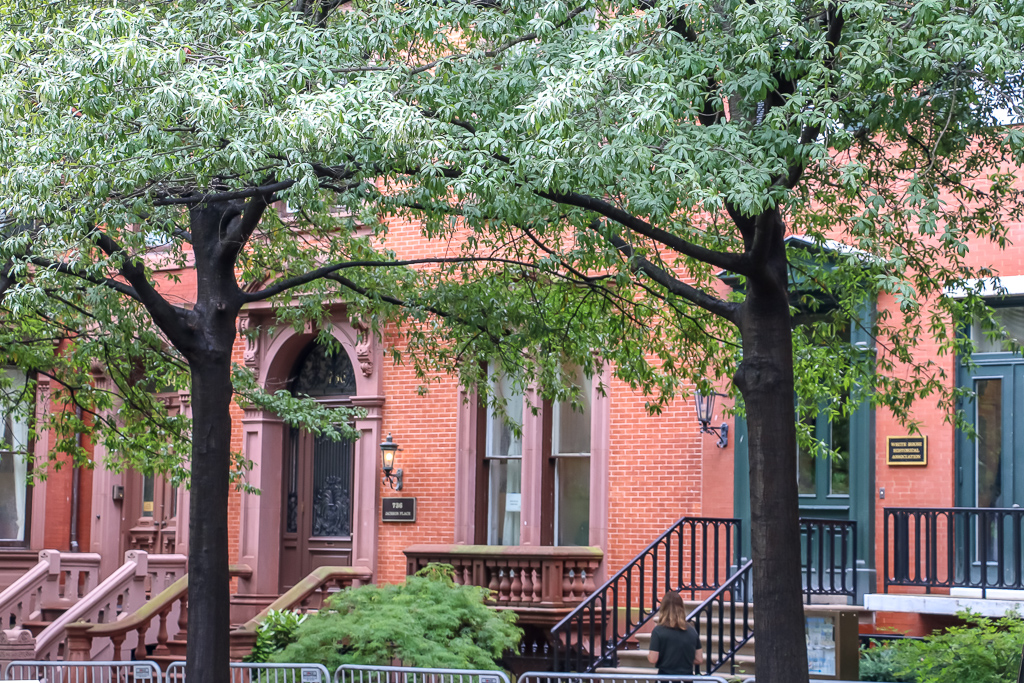
3. Detours Are Inevitable
In Washington, D.C., there is hardly a day without a protest or demonstration. Some people want to get the attention of a consul. Others wish to be heard by the government of the U.S. These meetings normally create traffic jams. The streets also get closed when the presidential motorcade leaves and arrives back at the White House.
There is no way to know before visiting Washington, D.C., which streets will be open and which ones you will want to avoid. So, make sure to leave room in your itinerary for some unexpected “surprises”.
4. Choose the Right Season for Your Trip to Washington, D.C.
Weather is a hot topic in Washington, D.C. The summers here are hot and humid. And crowded, despite all this heat… The spring and fall are some of the best times to wander across Washington, D.C., admiring the city’s monuments and visiting iconic libraries and museums. The winter comes with freezing temperatures and significantly fewer visitors.
TIP: Washington, D.C., wakes up during the cherry blossom season. Adorned with pastel hues and sweet flower aroma, the city looks spectacular. The influx of visitors, however, increases drastically. You see crowds everywhere you go. If it’s something that inspires you, then go ahead and book your trip to Washington, D.C., now. Otherwise, choose a quieter time to visit the capital of the U.S.
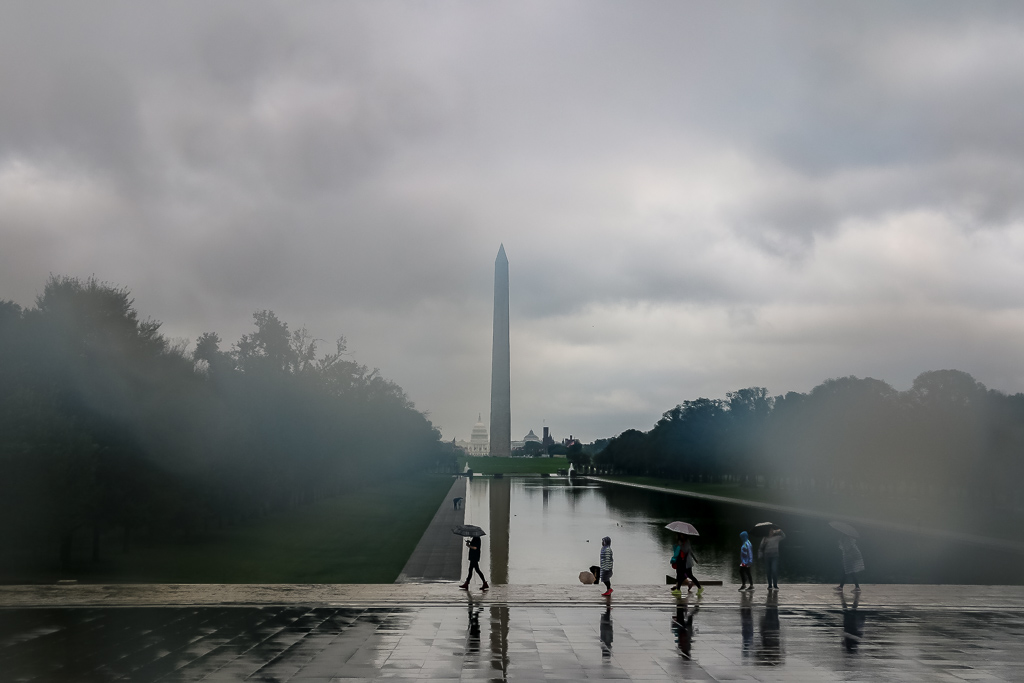
5. Make Advance Reservations before Visiting Washington, D.C.
Many places in Washington, D.C., work on a first-come, first-served basis. Thus, an advance reservation is not only recommended, but often required. Places where you want to claim your spot as early as possible are the U.S. Supreme Court, the U.S. Capitol, the Washington Monument, the Pentagon, and the United States Holocaust Memorial Museum.
6. View the White House from across the Street
In April 2017, after a man jumped over the White House fence and spent nearly 17 minutes on the property, a sidewalk near the White House was permanently closed. The closest public area you can get to the residence of the President of the U.S. is Lafayette Square, nestled across the street from the White House.
TIP: With an advance reservation way before visiting Washington, D.C., you can get a rare opportunity to tour the White House.
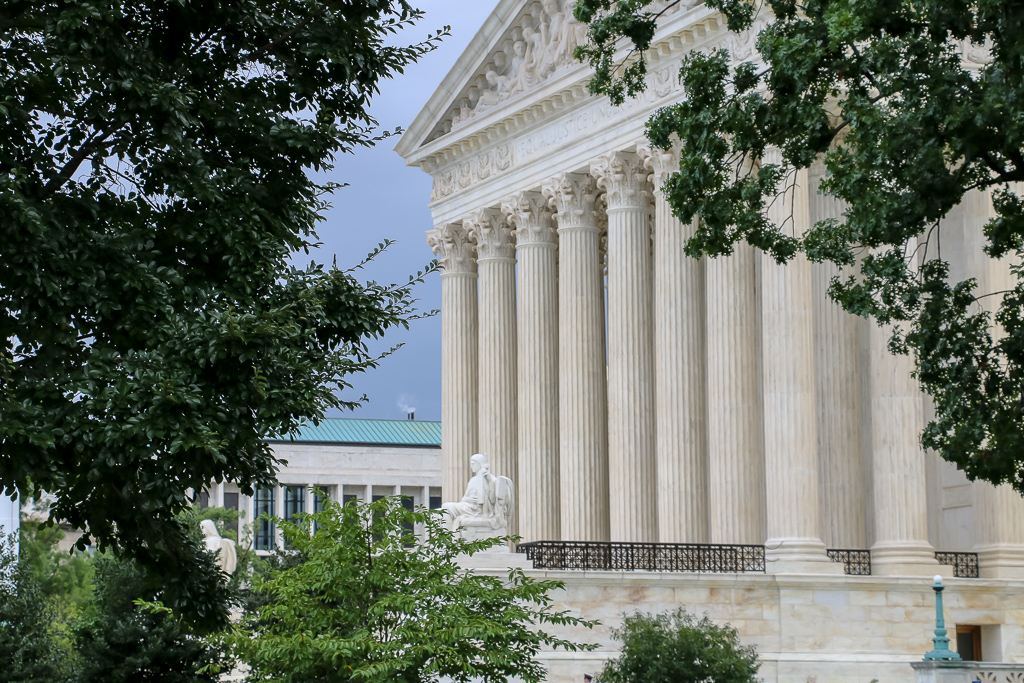
7. Many Museums and Attractions Are Free
Washington, D.C. can be budget-friendly. Many sites, monuments, and memorials are free to visit. Some of my favorite free places in Washington, D.C., are the Library of Congress, the Smithsonian Museums, and the National Zoo.
8. The Monuments Are Open 24 Hours a Day
Apart from offering free admission, the capital’s monuments are open 24 hours a day. So choose your favorite time and enjoy the bustling Washington, D.C., or the tranquil city without crowds.
TIP: I prefer mornings. Early morning hours “spoiled” with little drizzle are the surest recipe for quiet exploration. It’s the time when half of the city is still sleeping, and you can have many landmarks on the National Mall, including the Lincoln and Jefferson Memorials, all to yourself.
9. Visiting Washington, D.C., on Weekends Is Cheaper
Proper planning can save you a lot of money. In the case of Washington, D.C., weekends yield better experiences for less money. Since business travelers are a primary category of visitors that stay in Washington, D.C., Monday through Friday, hotels tend to charge more on weekdays. Low demand on weekends often results in better rooms at lower prices.
